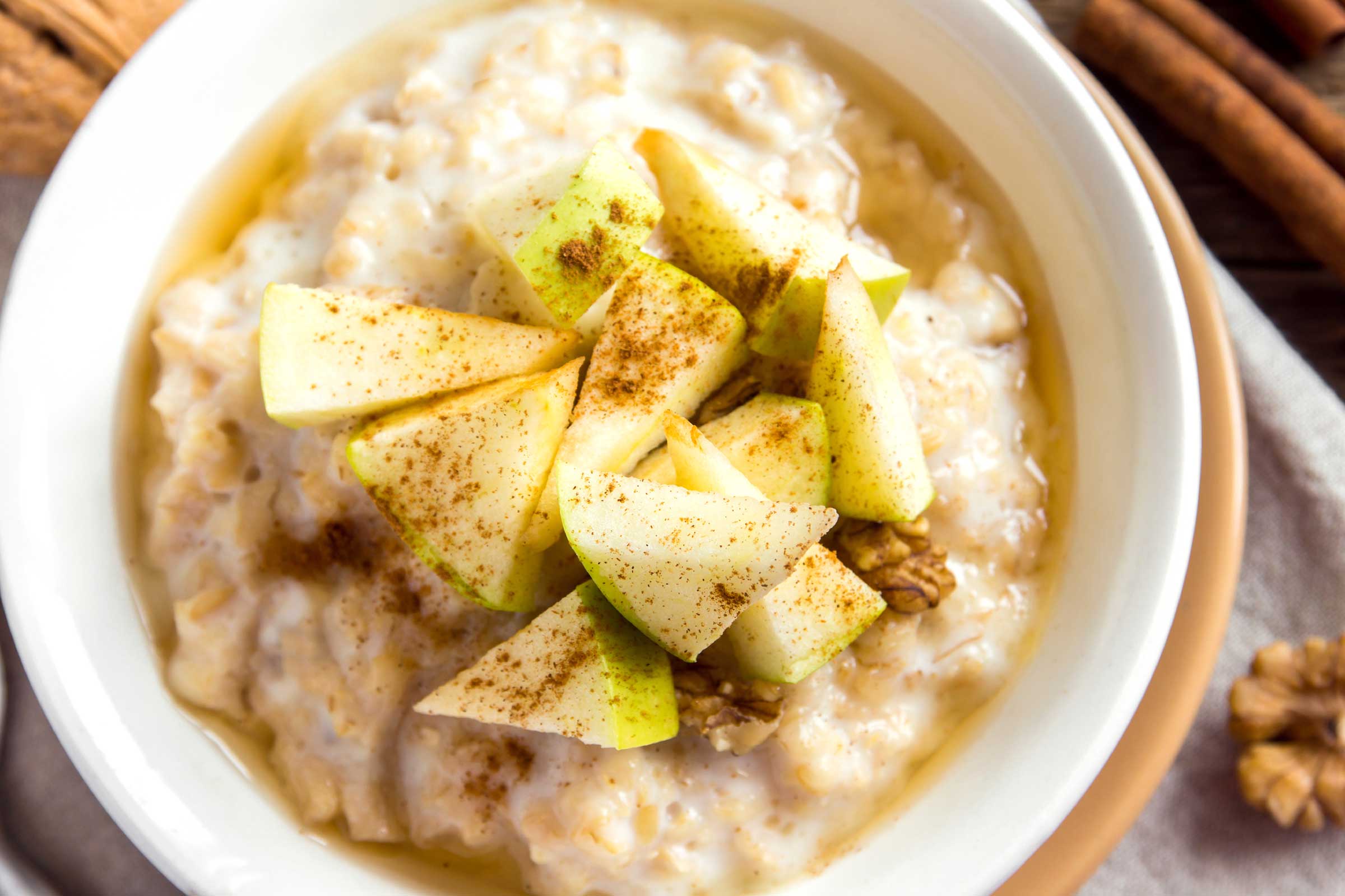How blood sugar levels can affect children with type 1 diabetes

When we eat food, our body breaks down sugars and starches into glucose, which is the basic fuel for our cells. We do this with the help of a hormone called insulin. When this process fails, the cells may be starved for energy, and over time, high blood glucose levels can damage the eyes, kidneys, nerves, and heart.
The more than 15,000 children diagnosed with type 1 diabetes (T1D) in the United States each year need to inject insulin or use an insulin pump to keep their blood glucose (or blood sugar) levels normal. They’ll do this whenever they eat or their blood sugar is elevated.
Blood sugar levels are measured in milligrams per deciliter (mg/dL). To test those levels, parents prick the finger of their child several times a day, placing a drop of blood on a special test strip in a blood glucose meter. Based on this reading, the child takes insulin, eats, or modifies activity to keep the blood sugar normal.
A normal blood sugar level is between 70 and 120 mg/dL, according to JDRF, formerly known as the Juvenile Diabetes Research Foundation.
Taking insulin
Insulin is often injected using syringes or insulin pens. One alternative to injections is an insulin pump. A beeper-sized, computerized pump is worn on a belt or in a pocket, and connects to a long thin tube that carries insulin into the abdomen through a needle or plastic piece called a cannula. The pump delivers an ongoing low dose of insulin. Another option is a tubeless “pod” pump, which combines the pumping mechanism, needle, and insulin reservoir into one unit that’s attached to the body.
Whether a child uses a pump or a pod, an adult should change the attachment site every few days to prevent infection, and because insulin doesn’t absorb well if it’s always pumped into the same place. Whenever a child wearing a pump eats or has high blood sugar, she needs to have her blood sugar level entered, as well as the number of carbohydrates she wants to consume. Then, with the press of a button, the pump will deliver an extra amount of insulin, called a bolus.
The food-blood sugar link
Some foods raise your blood sugar more than others, such as anything that’s sugary, carb-heavy, or overly processed (which includes most foods with a long ingredients list). A child with T1D needs a lot of insulin to digest that food.
“A good rule of thumb is no white foods,” says JoAnn Ahern, APRN, manager of the pediatric diabetes program in Danbury Hospital, part of the Western Connecticut Health Network. Brown foods are generally easier on the body, she says. For example, brown rice has more fiber than white. Carb absorption happens over a longer period when fiber is present, which limits blood sugar spikes. “Brown rice, bread, and pasta are high in fiber and digest slowly, so you don’t need as much insulin to keep your blood sugar normal,” she says.
One family’s routine
Fred and Bre Thiele have an active family life in Niwot, Colorado. Summer camp. Sports. School activities. But they have an extra job throughout the day because their children, ages 10 and 12, both have T1D.
“We wake up every morning and tell Aiden and Giselle, ‘Let’s test your blood and see where you’re at.’ They continue testing themselves throughout the day,” says Fred Thiele. “Wash and test” is their daily mantra — hand washing is important because if you have any sugars on your hands you’ll get an inaccurate reading.
If Aiden and Giselle test low, they’ll immediately eat breakfast, says their dad. If they test high, they’ll get an insulin bolus and wait to eat until the insulin takes effect. To calculate insulin wait time, Thiele learned a rule of thumb through the Barbara Davis Center for Childhood Diabetes in Denver: Take the blood glucose number and subtract the final digit. “For example, if Aiden’s blood sugar is 300, we’ll bolus and wait 30 minutes. If it’s 200, we wait 20 minutes,” he explains. “If one of the kids is above their target range, they’ll take the insulin required to eat their normal breakfast, plus a correction to bring their blood sugar back to normal. Then we set a timer and the kids will do something else for a little while, like shower or do homework.”
If the blood sugar is especially high, the Thieles limit carbohydrate intake because more carbs means more insulin required to process. That means serving eggs and bacon, which are low in carbs, instead of high-carb toast and cereal. “Giving insulin is all about a carbohydrate ratio,” he says. If one of the children wants two pieces of toast, and each piece is 15 carbs, that’s 30 carbs. If the carb-to-insulin ratio is 1:15 — meaning he needs one unit of insulin for every 15 carbohydrates — he’ll need 2 units of insulin to balance out those 30 grams of carbs.
Aiden and Giselle take their lunch to school, where the nurse helps them manage their blood sugar. Back home, it’s the same routine of wash, test, bolus. “Every family’s got their daily routine,” says Thiele. “Ours just involves insulin and medical devices.”





